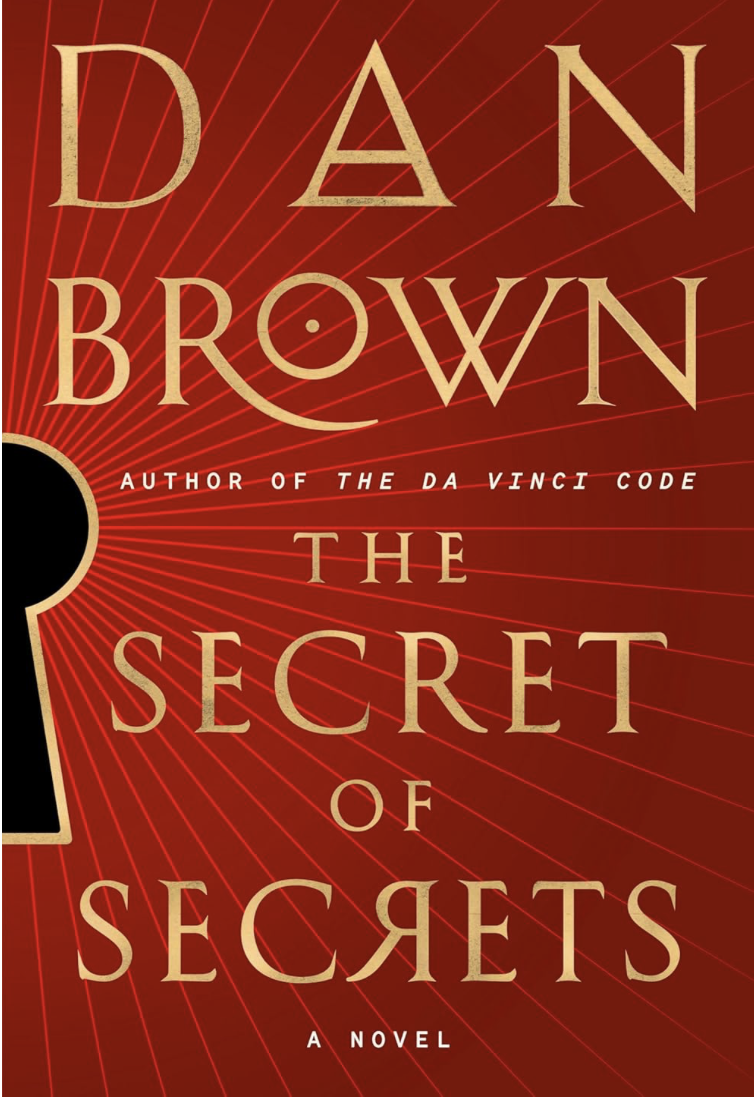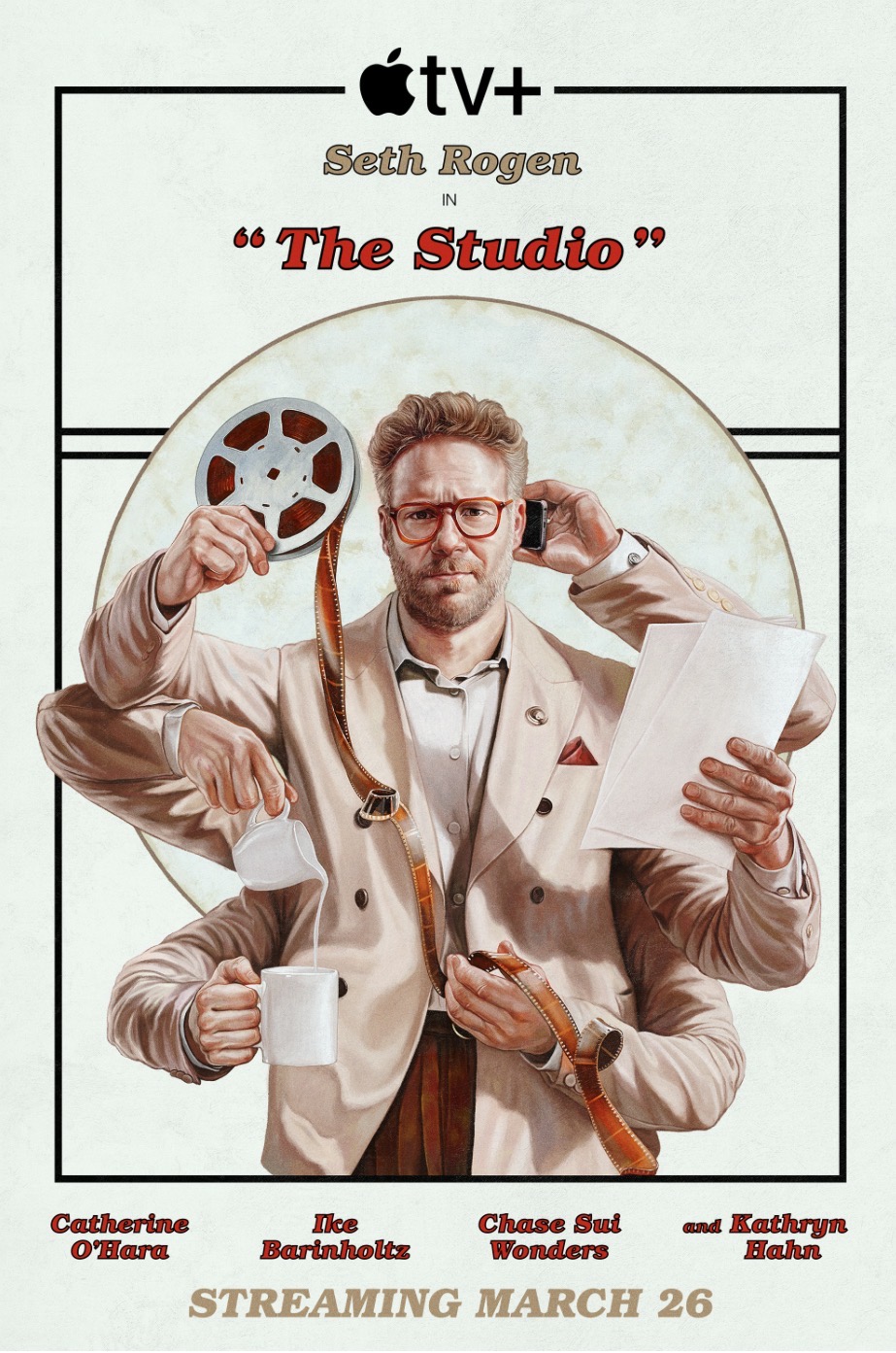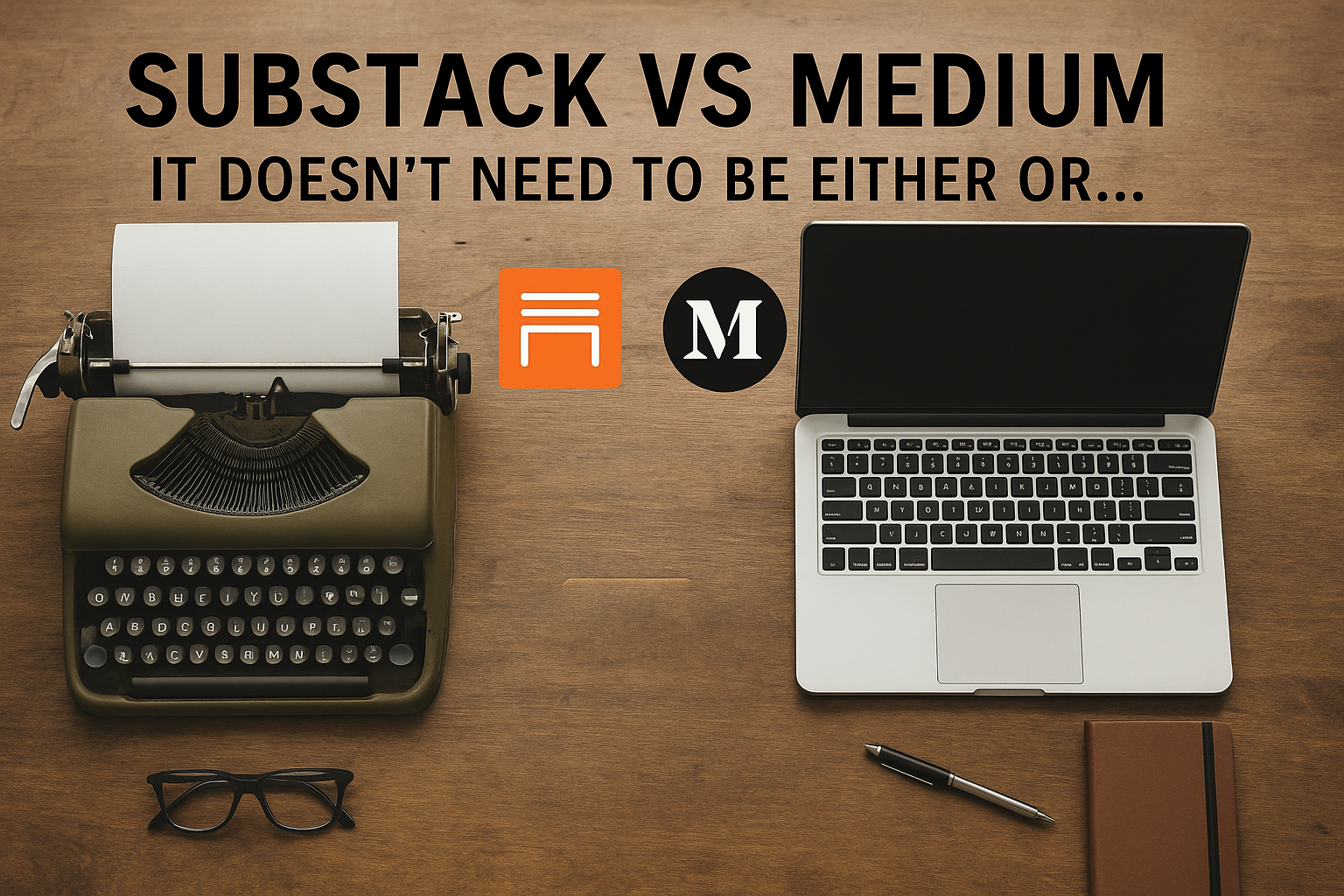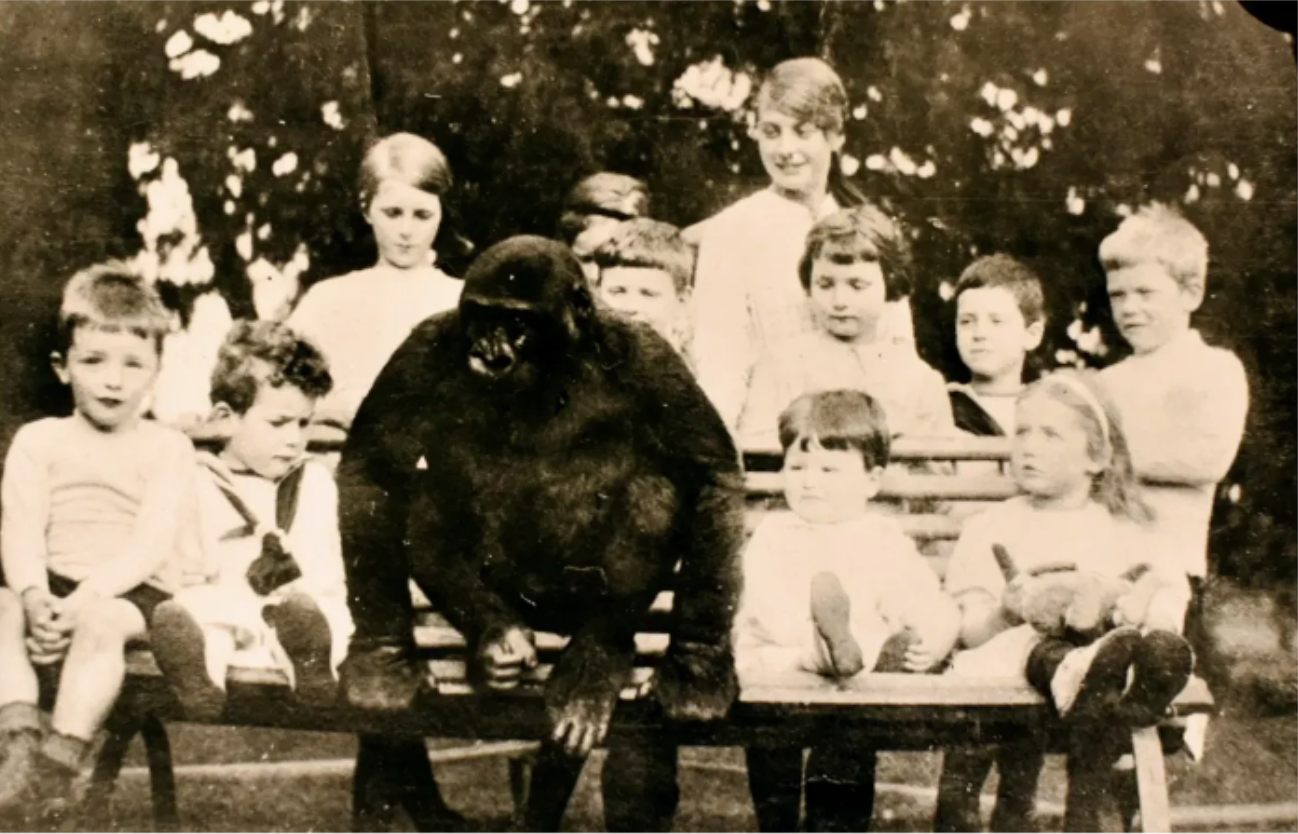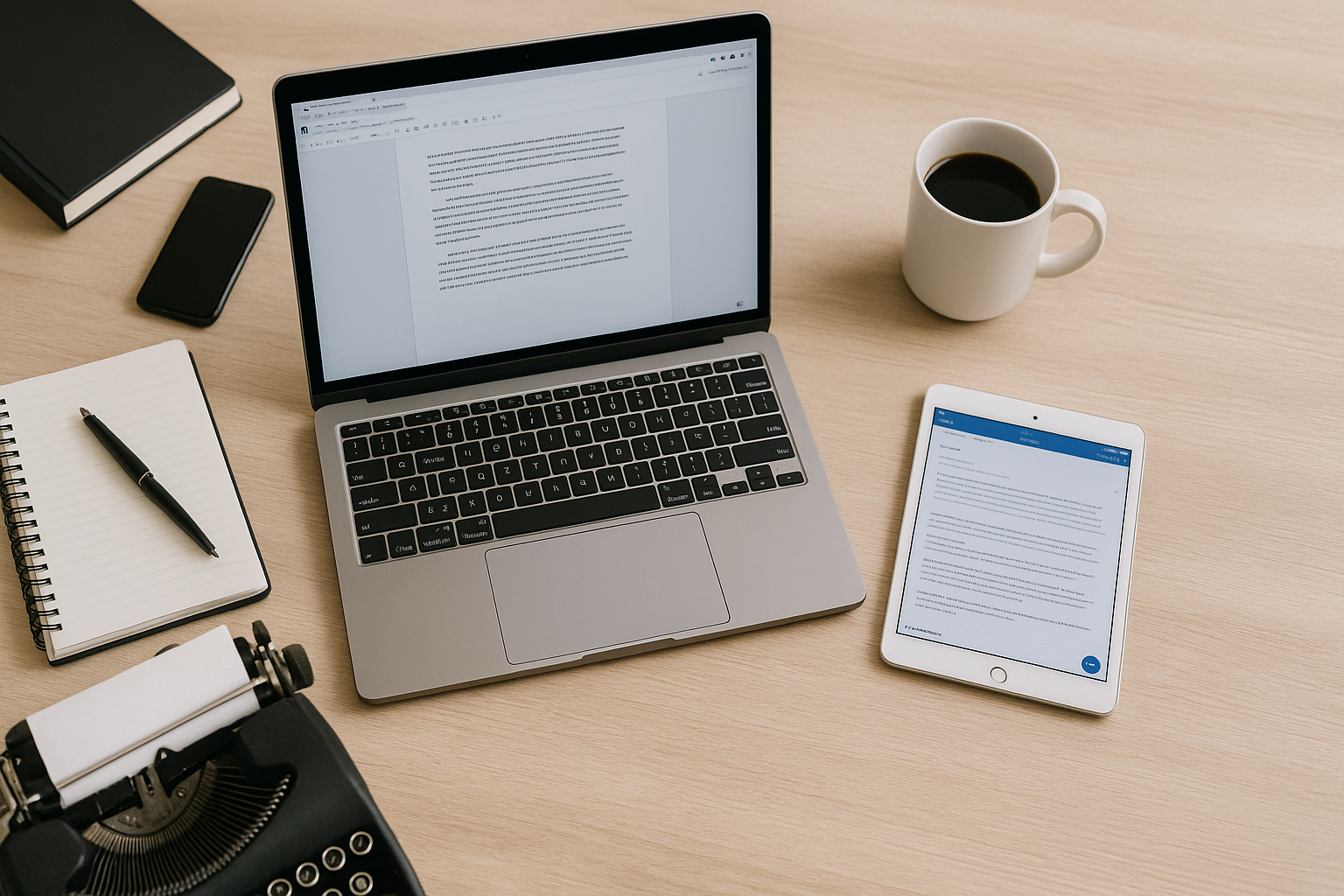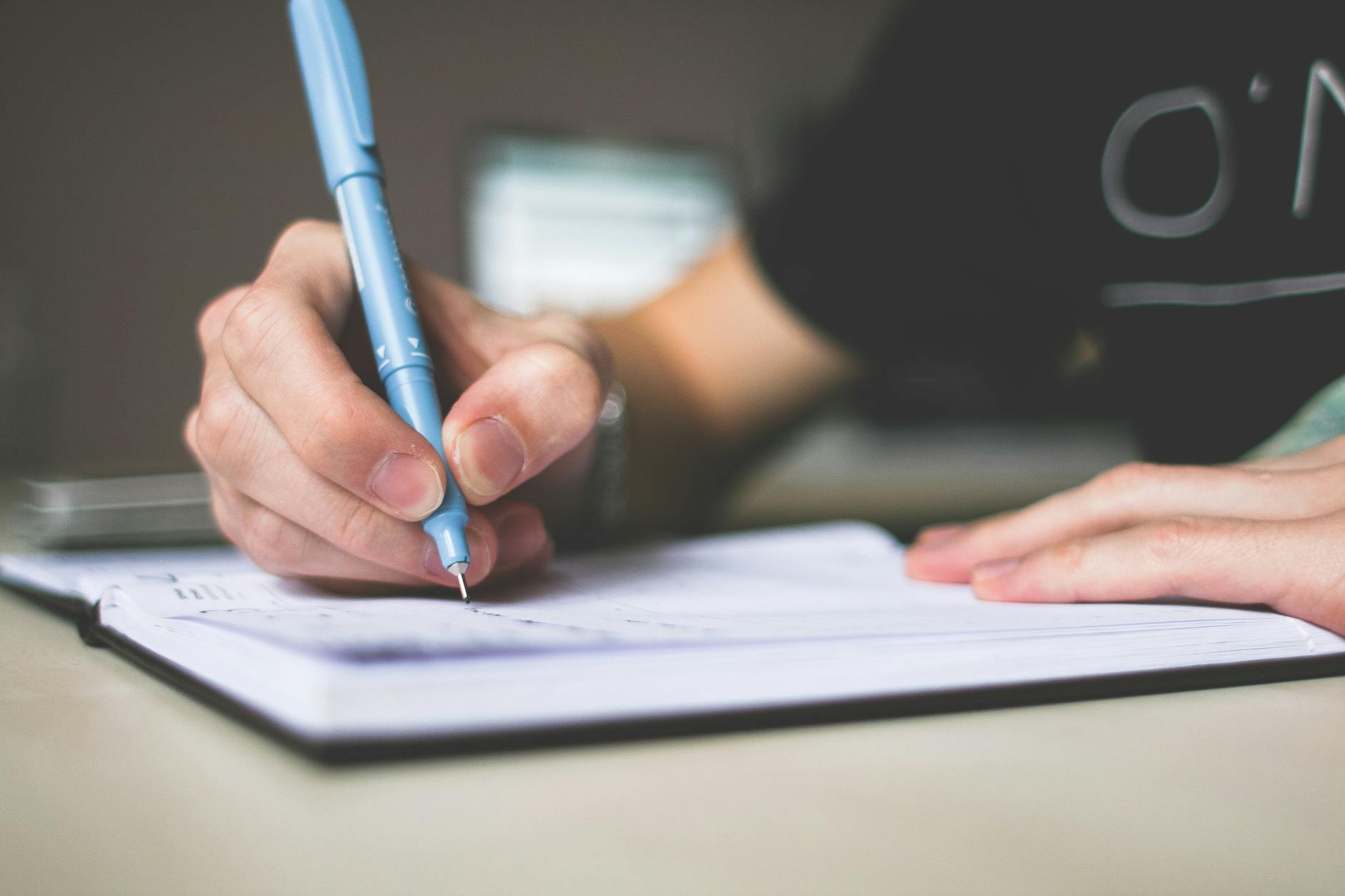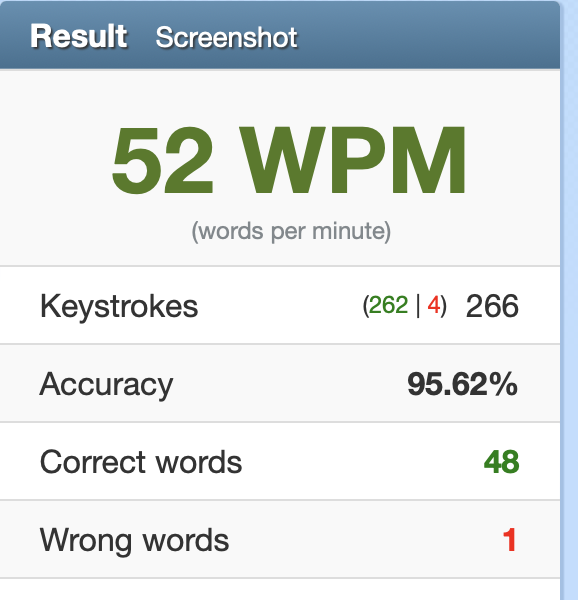How and why you should increase your typing speed

As a writer, I spend a lot of time typing. Yet bizarrely, it had never really occurred to me to get better at it. Thinking back to how much time I could have saved over the last *ahem* 32 years, it is a little depressing. However, I really started to notice the benefits of faster typing after going freelance and also writing more fiction.
When I was 18 and got my first job as a reporter, keyboards were massive and clunky, and monitors were large with green text. My memories of those days involve me two-finger typing some text I had written by hand, while a telex machine chattered away in the background bringing us the latest news. Simple times.
I got better at typing over the years, but only really graduated to about six fingers and a thumb. It was fast enough, my keyboards were all a bit crap, and I could hit around 20 words per minute (wpm). I only know the speed because one day around five years ago, I taught myself to touch type. It changed everything.
Touch typing is the first key to success (pun kinda intended)
I started touch typing as a weird form of procrastination. I was writing more fiction and had lots of upcoming deadlines, and so the logical thing to do was… something else entirely. I felt guilty about not writing, so justified it by developing better typing skills.
In case you didn’t know, touch typing is essentially being able to type without having to look at the keys. There are loads of programs to do this, many online, and lots are free. I used a program on the Apple Store called Typist, but they are all essentially the same.
You start with your fingers of the left hand on ASDF and the right on JKL:. There is very likely to be a couple of tactile bumps under your pointing fingers, to help you ensure you have the correct hand placements.
The programs begin by teaching you how type a few letters without looking. Then you slowly expand your repertoire. After a while it becomes second nature. The only time I now slow down and make mistakes is when I think about the actual typing process. You need to bypass your conscious brain.
When I started teaching myself to touch type, the program said I was typing 15-20 wpm. By the time I had mastered it, I was around 35 wpm.
Why I need to write faster
For the next five years I wrote every day and my speed stayed roughly the same – maybe creeping up to 35-40 wpm most of the time. This was fine as it was roughly how fast I think when writing something (or so I thought). I write a lot of pieces that involve a lot of research, so there is occasionally a speed limit as I figure out how to insert facts and figures. However, there were times when my typing forced my thoughts to slow down and that was just frustrating.
Then I started writing more fiction. I have a lot of ideas and when in the zone, they come thick and fast – a bit like the writer character in the 11th Sandman episode when he has too many ideas.
I find that when you can’t get the ideas down fast enough, you often forget some.
It is like having a Ferrari in a city. You rarely need to go all that fast, but if you need to, you can.
The next step isn’t just about writing and slowly getting better
As I said, I write a lot and hit a plateau. Using the slightly crap analogy of the Ferrari, I rarely left the traffic.
But due to life changes, I found I increasingly needed extra speed. I went freelance and suddenly I had a lot of clients. The faster and more efficiently I could write, the better. At the same time, my fiction output increased and there seems to be no speed limit to the nonsense I can spew out.
So, I did some research. Writing all the time didn’t speed things up, so what did? Here are some tips to establish first:
- Touch typing is essential. As I explained above it took me from 20 to 35 words per minute.
- Start slow and build up to minimise mistakes. I always write certain things incorrectly and my computer has happily learned to fix it. It is something I am actively trying to change but my muscle memory always types ‘people’ as ‘poeple’ for example, and that is hard to unlearn.
- How you sit and your general posture also make a lot of difference. I love testing myself and found that things like sitting upright, with your back straight, elbows at right angles really helps. It is worth trying out what works for you. It turns out that for me, writing in bed or at the bar of a pub isn’t ideal, which sucks.
- And now for the biggest – for me at least…
Take daily typing speed tests and compete against yourself
This sounds really obvious and not really a tip that seems likely to improve speed all that much. But it has proved so revelatory, I thought I would share. I went to a site called 10 fast fingers (not an affiliate link), after seeing it recommended by multiple people. It is really simple. You type out some of the most used words in the language as fast as possible. That’s it.
It looks like this:
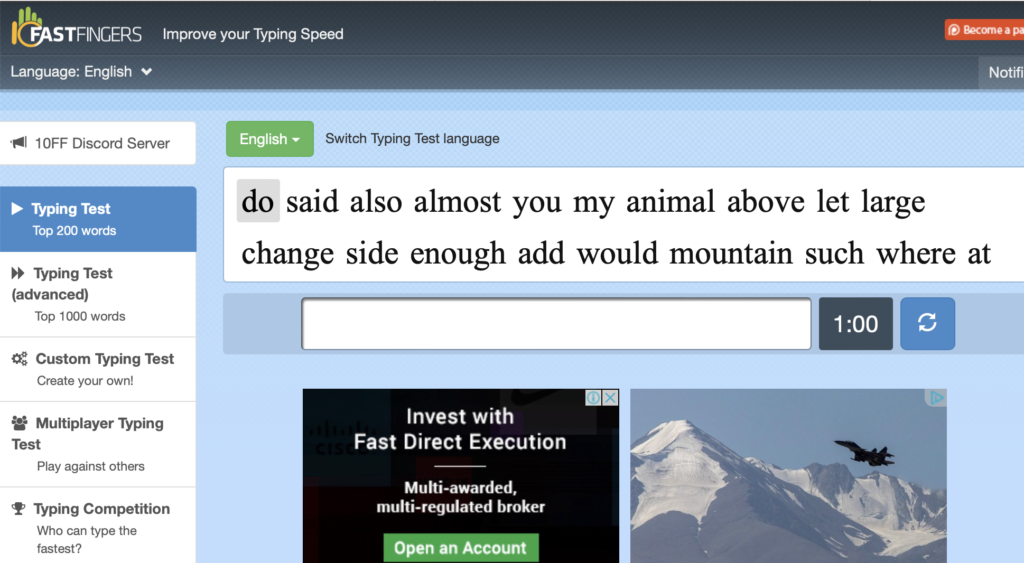
You can do custom tests and so on. I usually do a few one minute tests to limber up and then some longer ones. Every day, I then note my top speed. At first, I just did a 1-minute followed by a 2-minute test and noted the 2-minute result. The average kind of wavered but slowly rose.
Then I changed about a week ago. If it is less than the day before, I keep going until it is better. Since then, the rise has increased more rapidly.
In just three weeks, I have gone from 38wpm to 52wpm. Assuming my stupid brain can keep up, that means the amount I can write has gone from 2280 words an hour to 3120. And counting.
What’s more, I thought I was typing at a speed that matched my thoughts – but it turns out that while that is true some of the time, there are times where the words flow a lot faster. I can rattle off explanatory and linking passages much more easily. That has resulted in my writing articles of the same quality as before, just a lot quicker.
I have only been doing this for three weeks, but it is already making a massive difference. If you have made it this far, then I recommend giving it a go.
Good luck!
Here is a video that might also help:

